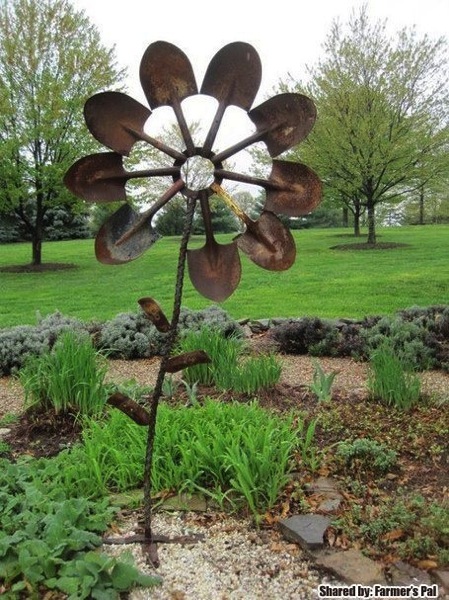Hydrangea ‘Zorro’
I saw mention of this new variety during a recent Gardener’s World episode from the BBC. People are always looking for a hardy and disease free hydrangea. It will still do as many hydrangeas do and turn pink in the wrong soils, so make sure soil conditions are correct or treat the soil to maintain the blue coloration. Zorro is new this year, I believe, so it might be a bit difficult to locate, but will be worth researching for coming years.

“A newish form of Teller Blue Hydrangea with black stems. Produces deep blue lacecap flowers on acid soil just like ‘Blaumeisse’. The fertile flowers are pale blue, encircled by a small number of large four sepalled sterile florets. A strong robust plant which can also turn pink/mauve on neutral soil.
Position: They perform best when given a shady, cool moist root run and a sheltered aspect. Grow in acid soil/compost with hydrangea colourant for the most intense vivid blue blooms.
Maintenance: Little pruning required just simply thin out old stems and remove the dead flowers to a pair of plump green buds in late spring.” — Ashwood Nurseries
- Hydrangea ‘Zorro’ at Ashwood Nurseries
- Hydrangea ‘Zorro’ At Plant Haven
- Hydrangea ‘Zorro’ Images from Google Image Search
More hydrangea books, seeds and plants from Amazon.com
Previously in the Interesting Plant series:
- Harlequin flower (Sparaxis tricolor)
- Erythronium
- Sempervivum
- Primula auricula
- Feathery Cassia (Senna auricula)
- Red Stick Dogwood (Cornus alba ‘Sibirica’)
- Japanese Maple (Acer palmatum)
- Kousa Dogwood (Cornus kousa)
- Giant Chalk Dudleya (Dudleya brittonii)
- Sunrose (Helianthemum nummularium)
- Australian/New Zealand Tea Tree (Leptospermum scoparium)
- Brugmansia Sanguinea
- Calico Monkeyflower (Mimulus pictus)
- Colocasia Esculenta
- Acer palmatum ‘Sango-kaku’ (Coral Bark Japanese Maple)
- Linderniaceae (formerly Torenia) Kuaui Deep Blue
- Passiflora (Passion flower)
- Firewheel Tree (Stenocarpus sinuatus)
- Anemone
- Allium Cowanii
- Symphyotrichum oblongifolius (Purple Aster)
- Hemerocallis ‘Derrick Cane’ (Daylily)
- Agastache ‘Aztec Rose’
- Rudbeckia hirta Moreno
- Kalanchoe Tomentosa
- Albuca namaquensis
- Hosta ‘Remember Me’
- Dahlia ‘Clair de Lune’
- Lovely silver-tinged fern on campus of Oberlin College, Ohio
- Tricolor Beech (Fagus sylvatica Purpurea Tricolor)
- Climbing Hydrangea (Hydrangea anomala petiolaris)
- Eremurus ‘Lemon Meringue’
- Lupine “Sunrise” (Lupinus hartwegii)
- Chinese Fringe Flower (Loropetalum chinense)
- Streptocarpus ‘Harlequin Blue’
- Nigella damascena (love-in-a-mist, ragged lady)
- Epiphyllum (Orchid Cactus)
- Sempervivum ‘Westerlin’
- Gladiolus ‘Kings Lynn’
- Hosta sieboldiana ‘Dorothy Benedict’
- Begonia “Escargot”
- Asparagus Pea (Psophocarpus tetragonolobus)
- Rosa banksiae (Lady Banks’ Rose)
- Primula ‘Victoriana Silver Laced Black’
- Oxalis versicolor
- Poached Egg Plant (Limnanthes douglasii)
- Parisian Carrots
- Fritillaria imperialis Rubra Maxima
- Clematis “Fascination”
- Swiss Chard “Bright Lights”
- Georgia Rattlesnake Melon
- Dianthus Barbathus “Green Ball” or “Green Trick”
- Coleus “Religious Radish”
- Black Forest Calla Lily
- Black Bamboo
Interesting Plant is a series from A Gardener’s Notebook blog and podcast that highlights the most interesting plants I find in my Internet and real-world travels — Douglas





